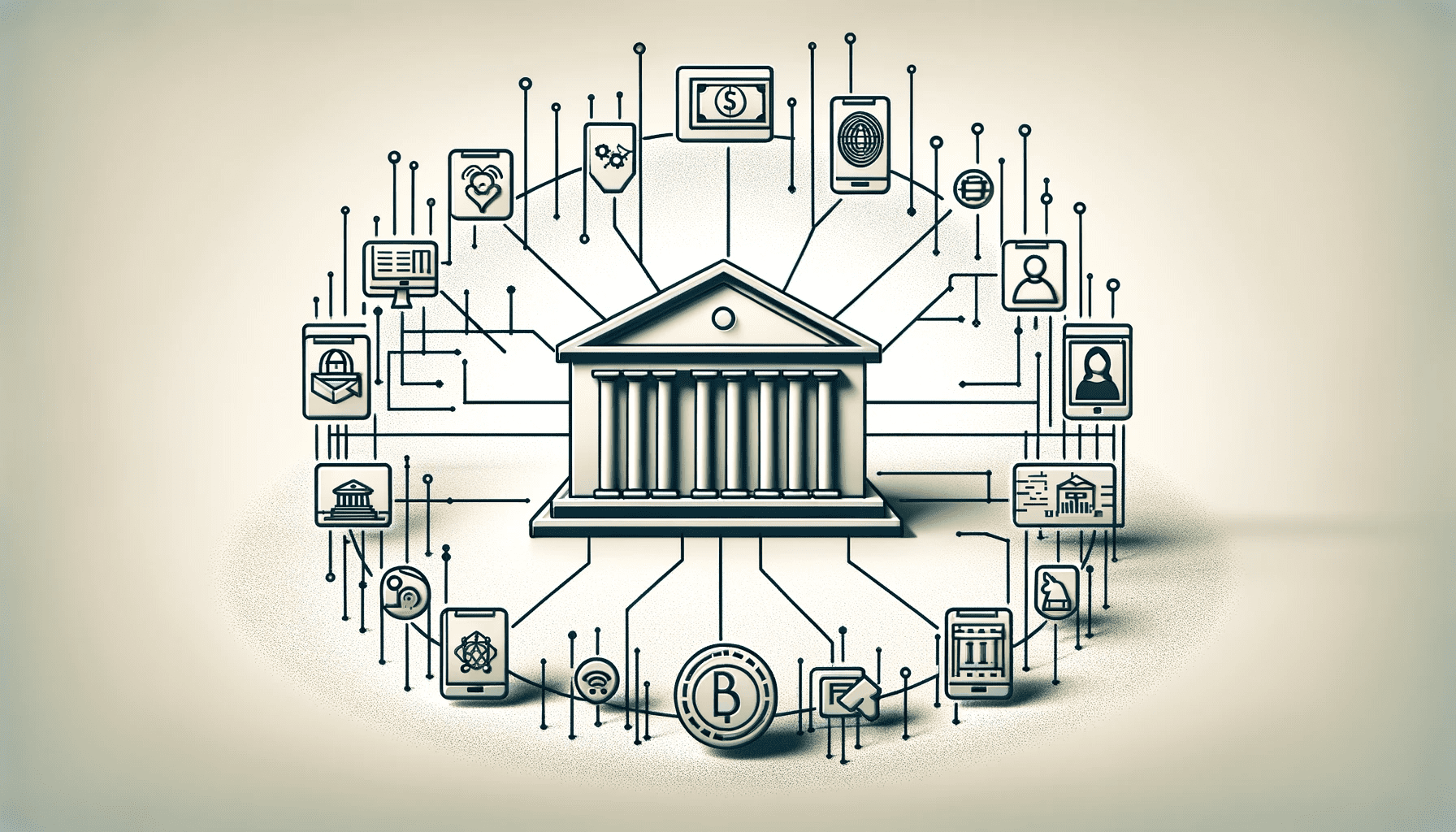money_gate
Four Different Forms of Currency
Four Different Forms of Currency
There are four main currencies that you can use to make payments; each has its advantages and disadvantages and each is more convenient under different circumstances and for different uses.
Bank Money:
Bank money is a common form of claim-based money usually associated with commercial bank deposits redeemable on demand at face value. Bank money can be in the form of drafts, checks and bank credits which have an equivalent redeemable money value.
E-Money:
Emoney or electronic money is electrically stored monetary value on a technical device. E-money can be used to make payments with the device acting as a prepaid bearer of credit not necessarily connected to a business bank account. The European Commission generally defines emoney as a claim on the issuer which is issued on receipt of funds for the purpose of making payment transactions.
Cryptocurrency:
This object-based currency is denominated in its own unit of account and cryptocurrency is created by nonbanks; issued in a blockchain and often of the permissionless type. Cryptocurrencies are immutable, transparent and decentralized relying on cryptographic principles for generation (minting), distribution and transferring.
CBDC:
Central Bank Digital Currency (or digital fiat currency) is the digital version of paper and coin currency we all recognize as cash. CBDC is not the same as virtual currency or cryptocurrency as CBDC is issued by the government and is classified as legal tender by the government. CBDC is still under debate but if introduced would be issued by the central bank; it could be centralized or decentralized and would probably not be anonymous although the user’s data could be protected from third parties. CBDC would need a database or approved private-sector entity. Several countries around the world are running pilot CBDC programs and plan to introduce CBDC in the coming years.








